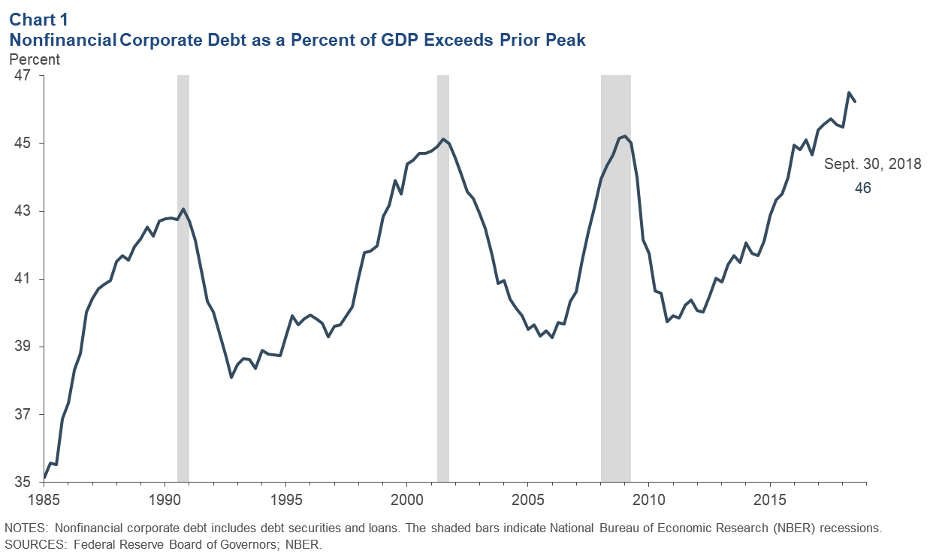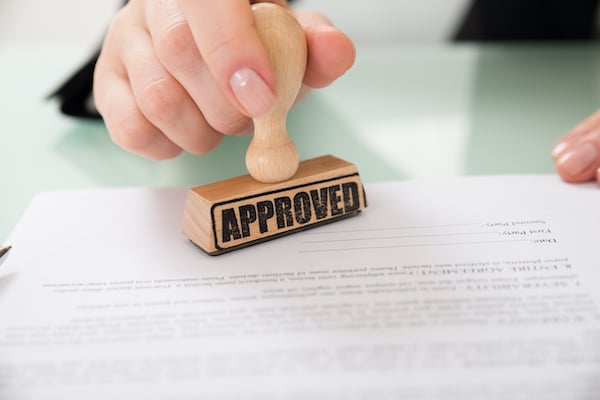Commercial Underwriting in the Wake of the Virus
A few weeks ago, I wrote about the unique relationship between loan and property values, and the pandemic’s impact on both. As lenders continue to re-evaluate their commercial note portfolios, they are struggling with how to value properties in the present and how to underwrite loans going forward. Investors still flush with cash are looking for deals, but even the savviest investor doesn’t have a crystal ball, and they too need to get creative in valuing possible acquisitions.
The income approach is adequate at best; historical data on rent collections may have minimal bearing on a property’s future income stream, especially as it relates to retail and restaurant tenants. Even as states begin to ease lockdown restrictions, regulations on max-occupancy and dine-in restrictions, fear of subsequent lockdowns, and consumer anxiety may spell disaster for owners who rely on rent from these types of tenants. To date, over 100,000 small businesses have shut down for good; conservative estimates suggest that pre-virus revenue streams won’t be experienced for years.
Market uncertainty doesn’t mean deal flow will come to a screeching halt, though. Lenders still have money to lend, and investors still require funding to scrape deals together. It does mean, however, that the market needs to flesh out a creative approach to underwriting and valuing properties with tenants that pose a unique set of risks.
Real Estate Valuation Moving Forward
With interest rates hovering near zero, money is as cheap today as it has ever been. But just because current central bank policy attempts to simulate increased lending and borrowing doesn't mean banks are willing to assume the risk of practicing that with real money. A $5 million multi-tenant retail strip center with a hair salon and restaurant tenant presents systemic risk in stark contrast to a $5 million single credit tenant medical office building.
Important to also consider is the fundamental shift that commerce will realize as a result of the coronavirus. Entire industries could become obsolete as consumer preferences change, and entrepreneurs race to fill the void left in the market.
The economic process of creative destruction has merely been accelerated by the virus, but left in its wake will be a trail of industries and commercial buildings that couldn’t keep pace with innovation.
While these seismic changes are impossible to predict, they add another layer of complexity to the ultimate question; how do we underwrite these “high risk” properties moving forward?
Even institutions as seemingly insulated as higher education could be impacted, and the result on economically reliant college towns will be fundamental. As colleges are forced to close and transition to classes online, there is fear that even with the potential for reopening in the fall, some students won’t return.
Prior to the crisis, online options were already gaining in popularity due to rising tuition price, and the recent widespread exposure to the convenience of online schooling could only accelerate the trend. Of course, we won’t see these changes overnight, but any lender or investor underwriting a property would be foolish to dismiss these economy-wide trends.
There currently exists a central disconnect in the market regarding property valuation. On the one hand, a seller believes their property should garner pre-covid 19 prices, but on the other, buyers are already seeking substantial discounts. Government relief has helped to bridge the short-term gap for tenants, but has deluded owners into thinking there is no pain in the marketplace. That gulf is widened further by those who believe these coronavirus induced economic trends are an 18-24 month problem, as opposed to a fundamental shift in how business will be conducted and the marketplace will consume. It would be imprudent to not even entertain the latter, after all, how could commerce be the same in the future?
It’s easy for an investor to underwrite a restaurant space at 50% of the pre-pandemic value, and incrementally increase those projections as occupancy and distancing regulations are relaxed. A bank could say they will only lend at 40% loan-to-value on retail and restaurant properties, if at all, because of the short-term risk. Of course, these two scenarios in concert result in the underwriting of at-risk properties at severe discounts over the near-term.
What the market won’t accept, because of the dangerous implications, is that what we see today are the infant stages of an economy that is being forced to evolve permanently.



